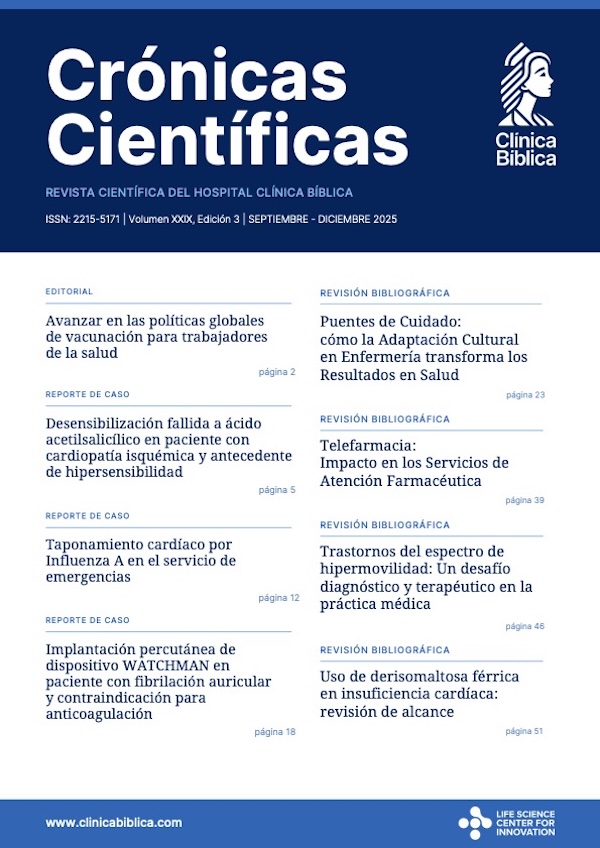- Visto: 932
Revisión Bibliográfica
Síndrome neurocutáneo: Sturge Weber
Neurocutaneous syndrome: Sturge Weber
Edición XII Mayo - Agosto 2019
DOI: https://doi.org/10.55139/WOTV3138
APA (7ª edición)
Gómez-Cerdas, M. (2019). Síndrome Neurocutáneo: Sturge Weber. Crónicas Científicas, 12(12), 26-35 https://doi.org/10.55139/WOTV3138.
Vancouver
Gómez-Cerdas M. Síndrome Neurocutáneo: Sturge Weber. Cron Cient. 7 de marzo 2019; 12(12):26-35.
Dr. Marco Tulio Gómez Cerdas
Médico General, Caja Costarricense del Seguro Social, Clínica Carlos Durán Cartín, Heredia, Costa Rica.
Miembro del Colegio de Médicos y Cirujanos de Costa Rica.
Costa Rica.
Resumen
El síndrome de Sturge Weber se define por la presencia de un nevus facial con coloración en vino de oporto en territorio del nervio trigémino; en su forma completa, existe la asociación de anomalías cerebrales (angioma leptomeníngeo o pial), cutáneas (angioma facial) y oculares (angioma coroideo). Por sus afectaciones anatómicas se puede presentar: epilepsia, retraso mental, hemiparesia, hemianopsia o glaucoma. Es un trastorno congénito poco común, que forma parte de los síndromes neurocutáneos conocidos como facomatosis. Tiene una incidencia de alrededor de 1 entre cada 20-50 000 nacimientos. Por la presencia de lesiones en la piel al nacimiento, se sugiere que podría relacionarse con un origen embrionario, principalmente en el primer trimestre de la gestación y se ha asociado con la persistencia del plexo vascular cefálico del tubo neural. Recientemente, se ha encontrado la presencia de una mutación activadora de un mosaicismo somático en el gen GNAQ en el cromosoma 9 (9q21.2). El síndrome se divide en tres subgrupos: Sturge Weber tipo I, incluye angiomas faciales y cerebrales, y glaucoma; Sturge Weber tipo II, incluye solo angiomas faciales y puede ocurrir glaucoma; Sturge Weber tipo III, incluye solo angiomas cerebrales. El tratamiento se basa en el manejo sintomático, enfocado al control de las crisis epilépticas con anticonvulsivantes, terapia con láser para angiomas cutáneos y tratamiento para disminuir la presión intraocular en casos de glaucoma.
Palabras claves
Síndrome neurocutáneo, síndrome de Sturge Weber, angiomatosis, mancha de vino de oporto.
Abstract
Sturge Weber syndrome is defined by the presence of a facial nevus with port wine coloration in the territory of the trigeminal nerve, in its complete form, there is the association of cerebral abnormalities (leptomeningeal or pial angioma), cutaneous (facial angioma) and ocular (choroidal angioma). Due to their anatomical affectations, they can present with epilepsy, mental retardation, hemiparesis, hemianopsia or glaucoma. It is a rare congenital disorder, which is part of the neurocutaneous syndromes known as phacomatosis. It has an incidence of around 1 in every 20-50000 births. Due to the presence of skin lesions at birth, it is suggested that it could be related to an embryonic origin, mainly in the first trimester of pregnancy and has been associated with the persistence of the cephalic vascular plexus of the neural tube. Recently, the presence of an activating mutation of somatic mosaicism has been found in the GNAQ gene on chromosome 9 (9q21.2). The syndrome is divided in three subgroups: Sturge Weber type I includes facial and brain angiomas, and glaucoma; Sturge Weber type II includes only facial angiomas and glaucoma may occur; Sturge Weber type III includes only brain angiomas. The treatment is based on symptomatic management, focused on the control of epileptic seizures with anticonvulsants, laser therapy for cutaneous angiomas and treatment to decrease intraocular pressure in cases of glaucoma.
Keywords
Neurocutaneous syndrome, Sturge Weber syndrome, angiomatosis, port wine stain.
Bibliografía
1. Abdolrahimzadeh, S. Scavella, V. Felli, L. Cruciani, F. & Contestabile, M. (2015). Ophthalmic alterations in the Sturge-Weber syndrome, Klippel-Trenaunay syndrome, and the Phakomatosis Pigmentovascularis: an independent group of conditions? BioMed Research International. 2015: 786519, 1-8.
2. Arango, J. Carmona, H. Gutiérrez, C. (2017). Síndrome de Sturge Weber. Neurociencias en Colombia, 24 (3), 225-230.
3. Dutkiewicz, A.; Ezzedine, K.; Mazereeuw, J., et al. (2015). A prospective study of risk for Sturge Weber syndrome in children with upper facial port- wine stain. American Academy of Dermatology, 72 (3), 473-480.
4. Fernández, O.; Gómez, A.; Sardiñaz, N. (1999). Síndrome de Sturge Weber. Revista Cubana Pediatría, 71(3),153-159.
5. Harmon, K.; Comi, A. (2018). Sturge-Weber Syndrome. Current Pediatrics Reports. Springer Science + Business Media. 1-10.
6. Hernández, M.; Herrera, K. (2015). Síndrome de Sturge Weber. Revista Médica de Costa Rica y Centroamérica, LXXI (617), 729 – 731.
7. Ho, T.; Yang, F.; Lin, J.; Hsu, C.; Lee, J. (2018). Sturge-Weber syndrome. Oxford University. 1
8. Huang, L.; Couto, J.; Pinto, A.; Alexandrescu, S.; Madsen, J.; Greene, A., et al. (2017). Somatic GNAQ mutation is enriched in brain endothelial cells in Sturge-Weber syndrome. Pediatric Neurology; 67: 59–63.
9. Kuchenbuch, M.; Nabbout, R. (2016). Sturge– Weber Syndrome. Journal of Pediatric Epilepsy. 1-7.
10. Mendonca, T.; Thomas, S. (2018). Sturge– Weber Syndrome: A case report. Manipal Journal of Nursing and Health Sciences, 4(1), 57-60.
11. Pinto, A.; Sahin, M.; Pearl, P. (2016). Epileptogenesis in neurocutaneous disorders with focus in Sturge Weber syndrome. F1000 Faculty Rev-1370, 1-8.
12. Ruggieri, M.; Pratico, A. (2015). Mosaic Neurocutaneous disorders and their causes. Seminars in Pediatric Neurology, 22 (4), 207– 226.
13. Salas, O.; Brooks, M.; Acosta, T. (2013). Síndromes Neurocutáneos identificables por el Médico General Integral mediante examen físico. Revista Cubana de Medicina General Integral, 29 (3), 325-335.
14. Sotomayor, R.; Tapia, M. (2014). Hallazgos característicos por resonancia magnética en síndrome de Sturge Weber y consideraciones cognitivo-conductuales. Lux Médica, 9 (28), 33- 38.
15. Sudarsanam, A.; Ardern-Holmes, S. (2013) Sturge-Weber syndrome: from the past to the present. Eur J Paediatr Neurol, 18 (3), 257–266.
16. Tripathi, A.; Kumar, V.; Dwivedi, R.; Singh, C. (2015). Sturge Weber syndrome: oral and extraoral manifestations. BMJ, 1-3.
APA (7ª edición)
Gómez-Cerdas, M. (2019). Síndrome Neurocutáneo: Sturge Weber. Crónicas Científicas, 12(12), 26-35 https://doi.org/10.55139/WOTV3138.
Vancouver
Gómez-Cerdas M. Síndrome Neurocutáneo: Sturge Weber. Cron Cient. 7 de marzo 2019; 12(12):26-35.
Esta obra está bajo una licencia internacional Creative Commons: Atribución-NoComercial-CompartirIgual 4.0 Internacional (CC BY-NC-SA 4.0)

Realizar búsqueda
Última Edición
Ediciones Anteriores






